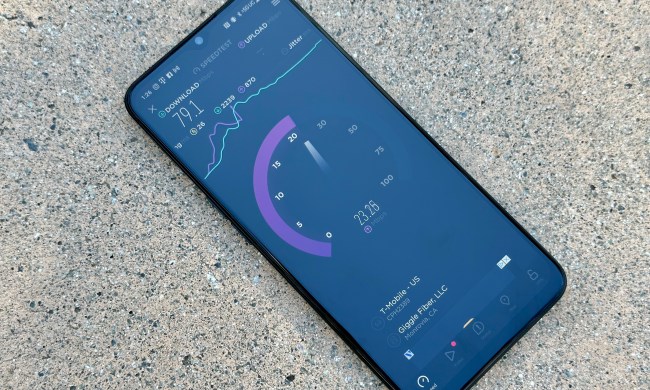Cricket Wireless, part of AT&T’s Prepaid Portfolio — the fastest growing prepaid carrier since 2019, has reached 12.4 million subscribers. With the milestone, Cricket is changing its rate plans to allow customers faster, less restricted 5G speeds.
New or existing customers of Cricket Wireless will get access to 5G on all plans, starting at $25 a month. Cricket has also announced they are removing the 8 Mbps speed cap on their $30, $40, and $55 plans, allowing customers to take advantage of faster download speeds offered by 5G. Naturally, you’ll need a 5G-compatible phone to get full use out of it, though presumably, anyone can benefit from the removal of the speed cap.
You should also keep in mind that Cricket operates on AT&T’s towers, so like most lower-cost prepaid arms to mainstay carriers, traffic can be deprioritized, temporarily slowing speeds to account for the higher network usage. A Cricket Wireless spokesperson commented, “At times, Cricket may temporarily slow data speeds if the network is busy. This may occur when a large number of customers in a concentrated area access the network at the same time or when some customers consume a large amount of network capacity during busy periods such as at stadium events, during peak usage times, or during planned network maintenance activity.”
The speed cap changes and 5G access are a great positive for customers, but Cricket is also throwing a few additional bonuses into their plans. Those switching to the $60 unlimited plan can take advantage of a free ad-supported HBO Max subscription and a first-year free membership to Sam’s Club. Meanwhile, those with any Cricket Wireless plan can enjoy a free subscription to Bark and small investments if they create a new Acorn account and invest $5. And finally, eligible customers struggling from the pandemic can look into applying to the Emergency Broadband Benefit, a temporary federal program, to help cover their internet services on Tribal lands.



